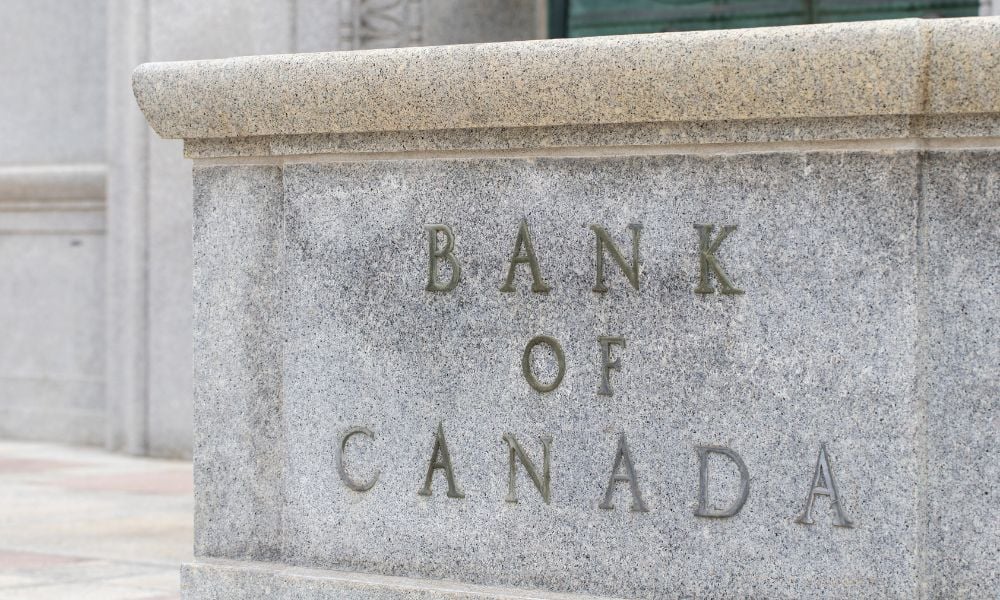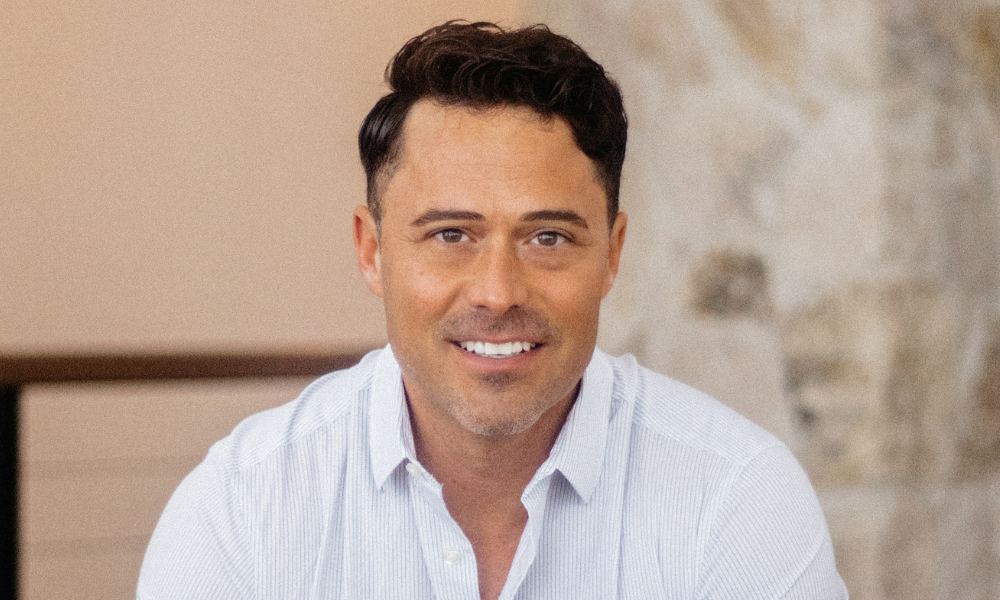Are your clients getting caught unaware by these retirement spending surprises?

Retirement takes decades of preparation, with savings and investments being sowed based on the kind of lifestyle one desires after leaving the workforce. Still, even the best-laid plans can be derailed because of unexpected expenses.
Among the most typical traps for retirees is when their children or grandchildren ask for financial help, which could cover anything from wedding expenses to living costs. “A number of parents who guaranteed their children’s school loans have seen their own finances ruined when the child defaulted on the loan,” reported the Wall Street Journal.
Sporadic big-ticket costs, most of which should be predictable, also tend to be overlooked. These include house repair and maintenance projects, as well as the occasional new car. Clients could set aside a percentage of the value of their house or car each year to prepare. But as US-based financial planner Dana Anspach told the Journal, withdrawing small amounts from one’s retirement account over several years could be a better strategy from a tax perspective than taking a large lump sum.
Entertainment costs also tend to rise upon retirement as people have more leisure time on their hands. Citing the Employee Benefit Research Institute, the Journal said Americans age 65 to 74 paid US$5,832 on average for entertainment in 2015; however, spending seemed to decline with age, as people 85 and older spent US$2,232 on average.
Unanticipated health care and medical costs were another issue. In particular, drug costs were a wild card even among those eligible for publicly-provided coverage. “Many of these cost drivers cannot be accurately predicted when you’re in your 60s,” said financial planner David Armes. “There’s no way for 65-year-olds to know, for instance, whether they will need to take expensive brand-name drugs when they reach their 80s.”
Long-term care, which is arguably the biggest unexpected expense, is even harder to plan for. According to an upcoming report from Vanguard Group, some 15% of retirees will have to deal with more than US$250,000 in long-term care expenses; 25% will spend less than US$100,000, while 50% won’t have to spend anything.
Adoption of long-term care insurance has plunged in the US in recent years in response to unexpected premium hikes — something insurers had to do as costs grew beyond their expectations. But some hybrid life insurance policies now allow policyholders to tap their death benefit early in case they find themselves needing long-term care.
And the risk from all of these expenses is compounded by a longer-than-anticipated life. A UK study published last year estimated that Canadians born in 2030 will have a life expectancy that’s around 4 years longer than those born in 2010.



